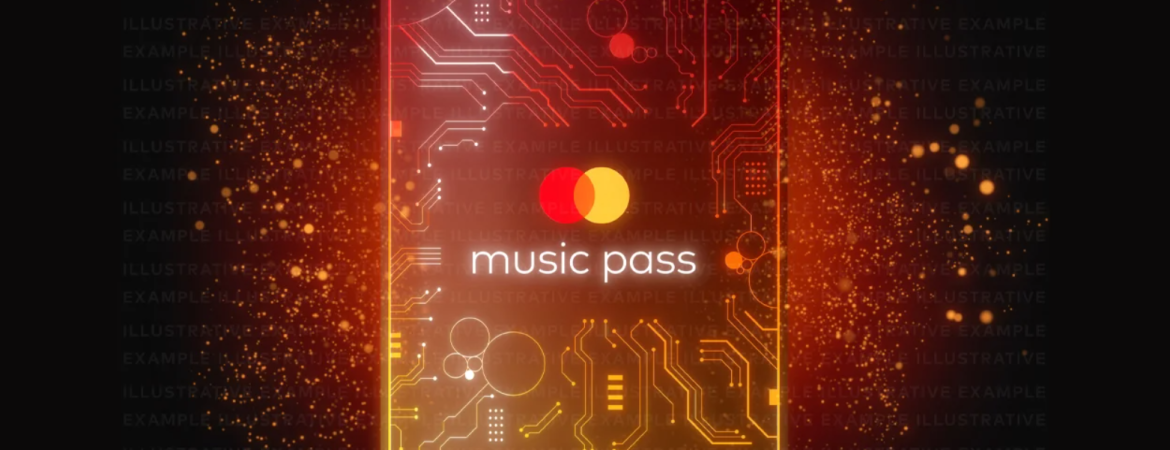Mastercard Launches Second NFT Offering
Mastercard, one of the world’s largest financial services companies, has launched its second non-fungible token (NFT) offering. This comes as part of its partnership with Polygon to support up-and-coming artists through the Mastercard Artist Accelerator program. During the NFT.NYC conference, the company unveiled NFTs that provide entry to this program. The Mastercard Music Pass NFT can be redeemed by music and Web3 enthusiasts until the end of the month. Participating Musicians in the Mastercard Artist Accelerator Program The participating musicians in this program have been announced as R&B soul singer Young Athena, Venezuelan vocalist Manu Manzu, Nigerian-based artist LeriQ, pop sensation Emily Vu, and West Indian hip-hop/pop-soul artist Cocoa Sarai. These artists will receive guidance from five experts and access to an AI-powered music studio by Warpsound. Mastercard’s Aim: Understanding Blockchain and Digital Assets Mastercard’s aim is to help people and partners worldwide understand blockchain and digital assets better while also demonstrating how Mastercard technology can support this ecosystem. “We also believe that Web3 has the potential to powerfully connect people and build communities around shared passions,” added the Mastercard executive. Mastercard and Polygon Support Up-and-Coming Artists The NFTs are designed to give the selected artists the chance to kickstart their content creation, obtain mentorship, and acquire tips for using blockchain to monetize their work and build a fan community within the Web3 environment. This marks the company’s second NFT offering since June 2022 when it collaborated with Moonpay, Nifty Gateway, Candy Digital, The Sandbox, Immutable X, Spring, and Mintable to provide NFTs for cardholders. The Mastercard Artist Accelerator Program and Music Pass NFT In conclusion, Mastercard has launched its second NFT offering, providing entry to the Mastercard Artist Accelerator program. The Music Pass NFT can be redeemed until the end of the month. This partnership with Polygon aims to support up-and-coming artists, while Mastercard demonstrates how blockchain technology and digital assets can be used to build communities around shared passions. With more and more companies like Mastercard embracing NFTs and blockchain technology, we can expect to see even more innovative uses for NFTs in the future.


